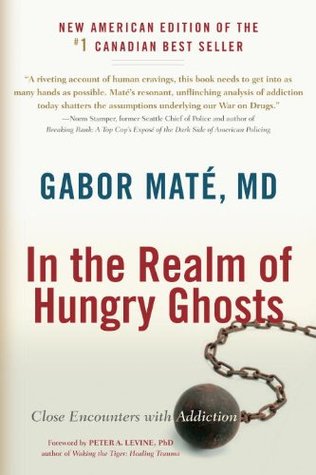More on this book
Community
Kindle Notes & Highlights
It is impossible to understand addiction without asking what relief the addict finds, or hopes to find, in the drug or the addictive behavior.
Only long months of abstinence allow the intrinsic machinery of dopamine production to regenerate, and in the meantime, the addict will experience extremes of physical and emotional exhaustion.
The issue is not the quantity or even the frequency, but the impact.
To write about the biology of addiction one must write about dopamine, a key brain chemical “messenger” that plays a central role in all forms of addiction.
the number of receptors for dopamine was reduced in chronic cocaine users.
As mentioned, it was already known that the brains of chronic cocaine users had fewer than normal dopamine receptors. The fewer such receptors, the more the brain would “welcome” external substances that could help increase its available dopamine supply.
Because dopamine is important for motivation, incentive, and energy, a diminished number of receptors will reduce the addict’s stamina and his incentive and drive for normal activities when not using the drug. It’s a vicious cycle: more cocaine use leads to more loss of dopamine receptors. The fewer receptors, the more the addict needs to supply his brain with an artificial chemical to make up for the lack.
Why does chronic self-administration of cocaine reduce the density of dopamine receptors? It’s a simple matter of brain economics. The brain is accustomed to a certain level of dopamine activity. If it is flooded with artificially high dopamine levels, it seeks to restore the equilibrium by reducing the number of receptors where the dopamine can act. This mechanism helps to explain the phenomenon of tolerance, by which the user has to inject, ingest, or inhale higher and higher doses of a substance to get the same effect as before. If deprived of the drug, the user goes into withdrawal partly
...more
Alcohol, for example, reduces the inhibition of dopamine-releasing cells. Narcotics like morphine act on natural opiate receptors on cell surfaces to trigger dopamine discharge.9
Activities such as eating or sexual contact also promote the presence of dopamine in the synaptic space.
Resentment is soul suicide.


